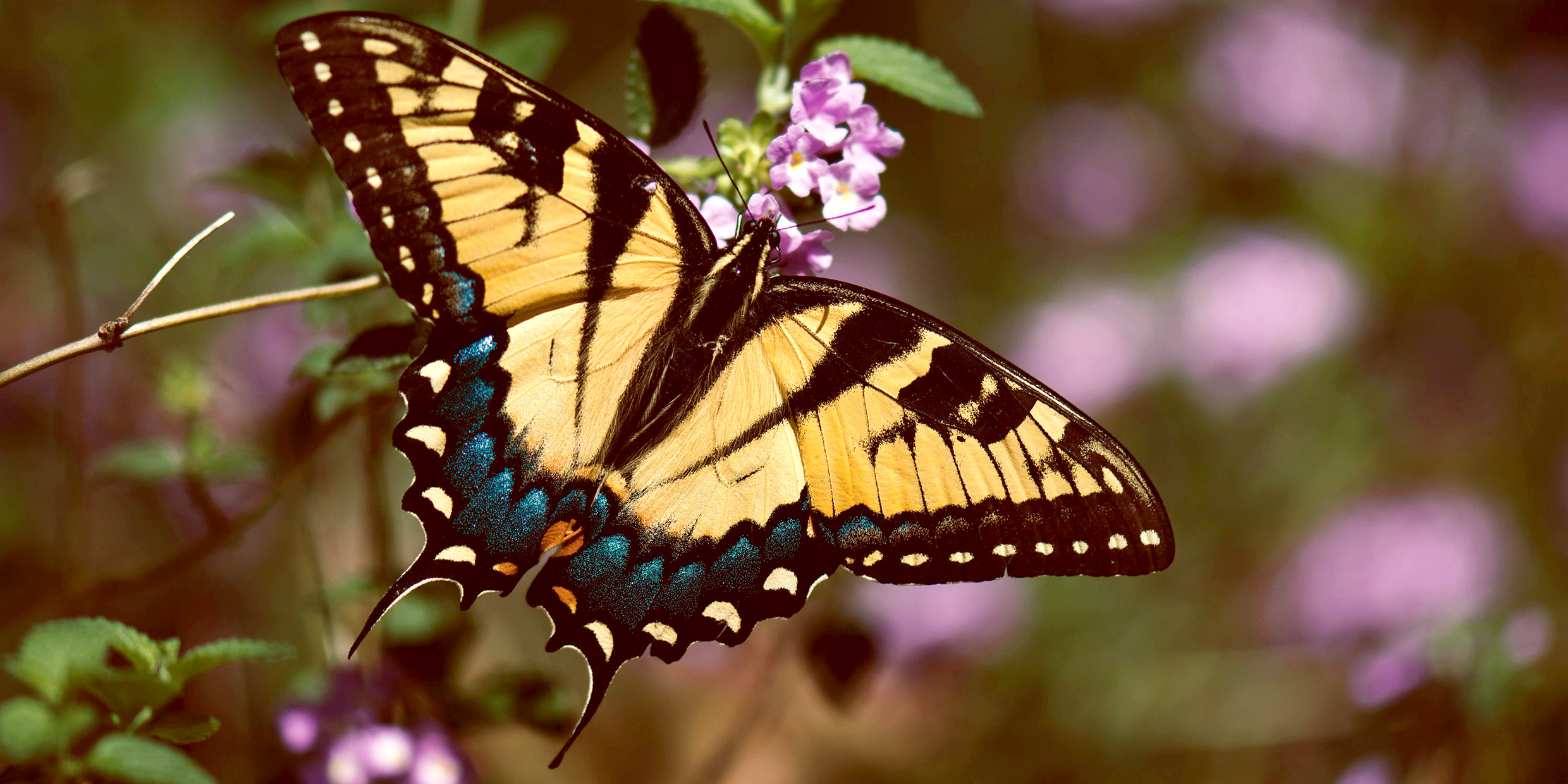Originally published 17 February 1992
This is the wrong time of the year to be writing about butterflies. It will be another month or so before the Mourning Cloaks emerge from hibernation to greet the first warm day of spring. And even longer before other species complete their metamorphosis from egg to caterpillar to winged adult.
But I’ve been reading Brian Boyd’s monumental new biography of the novelist Vladimir Nabokov—a delightful winter’s occupation — and one can’t read about Nabokov without thinking of butterflies.
One cloudless summer day in 1906, when Nabokov was seven years old, he spied a brightly patterned swallowtail on a honeysuckle vine at his family’s country estate near St. Petersburg, Russia. A servant caught up the insect with the boy’s cap, and gave it to him. It was the beginning of a lifelong passion.
Late in his life, when asked why he chose butterflies to study, Nabokov replied, “They chose me, not I them.”
They chose him vehemently.
A lifelong passion
He pursued them throughout his childhood in bogs and meadows near St. Petersburg. When his family fled to the Crimea at the time of the 1917 Revolution, he pursued new species there. He was chasing butterflies when the Bolsheviks drove the Nabokovs from Sebastopol into European exile. He was rebuilding his collection once again when Hitler forced him into exile a second time, to the United States. For 20 years thereafter, he took his family on nomadic summer tours of his adopted country, living in endless motels as he chased butterflies to their haunts.
Nabokov thought of his passion for butterflies as something more than a hobby. He once told an interviewer that had it not been for the Revolution he would have become a professional lepidopterist rather than a novelist. Somehow I doubt that, but he did publish 20 scientific papers in entomological journals, and was invited to be a research associate at the Harvard Museum of Comparative Zoology between 1941 and 1948. His American butterfly collections are now housed at Harvard, Cornell, and the American Natural History Museum.
Many scientists have become novelists, although none with Nabokov’s distinction. Nabokov is the rare novelist who has done science. He was not a scientist of any great importance. What accounted for his shortcomings as a scientist were the same things that made him a consummate novelist — and for this reason we have much to learn from Nabokov the lepidopterist.
In his autobiography Nabokov placed the study of butterflies above everything. He wrote: “The highest enjoyment of timelessness…is when I stand among rare butterflies and their food plants. This is ecstasy, and behind the ecstasy is something else, which is hard to explain. It is like a momentary vacuum into which rushes all that I love. A sense of oneness with sun and stone. A thrill of gratitude…”
The possibility of learning more and more about butterflies drew Nabokov ever deeper into the world of the senses, through layer upon layer of concrete details, receding into inexhaustible mystery.
According to Brian Boyd, Nabokov brought to his fiction the delights he found in butterfly collecting: the pleasure of the particular, the shock of discovery, the intuition of mystery and playfully deceptive design. But it is probably more correct to say that these things were elements of Nabokov’s early life that he brought to both his butterfly collecting and his writing.
Even in the nursery, Nabokov’s mother did everything she could to stimulate his visual sense. She painted watercolors for him. She drew his attention to the colors of plants. From a secret compartment in the wall of her dressing room she produced assortments of jewelry for his bedtime amusement. With tiaras and brooches and bracelets and rings she teased his senses. It is to these infant pastimes that we can probably trace Nabokov’s lifelong passion for bright and fluttering things.
Novelist and scientist
As a scientist, he skillfully described lepidopteral details — patterns, shapes, colors, textures — but the grand unifying designs of genetics and evolution seem to have escaped him. He was distracted from general principles by endlessly fascinating minutia of butterfly anatomy and behavior. Those details resonated everywhere — in language, literature, love, and life — enriching and deepening his experience in a way that scientists seldom share.
Scientists tend to become fixated on general principles. For the scientist, experience all too often becomes mere data to bolster or refute an hypothesis. The gaudy colors of a butterfly’s wing become numbers on a chromatic scale entered into a notebook and forgotten when the scientist leaves the lab. Few scientists achieve the interpenetrating levels of vision that characterize Nabokov’s art.
By contrast, Nabokov never achieved the scientist’s unity of vision. He was prevented from doing first-rate theoretical work by his inability to un-see what had once been seen. He was a prisoner of particulars, entangled all his life with the bright and mysterious bangles and baubles of the nursery. For Nabokov, seeing and knowing were one. His metaphysics never rose above epistemology.
I suspect he was inevitably destined to become a novelist, not an entomologist — his biographer and the Revolution notwithstanding.



